Theatre has always been a creative way to educate people, especially children. This art has been existing ever since the time of Aristotle and it has never failed to give knowledge and enlightenment to its audience. It is entertaining, informative, and dynamic. It is the most suitable medium of learning especially for children who loves hearing music and seeing movements, and colors.
On the 18th of January, the students from primary 1 to 6 went to the culture centre to watch plays by Forum Theatre & Education. This company aims to promote theatre as a tool to learn English in a fun and motivational way. Watching the plays were a part of the English subject of the students in Gandasegi.
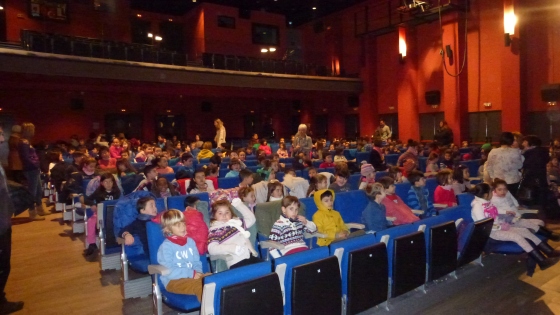
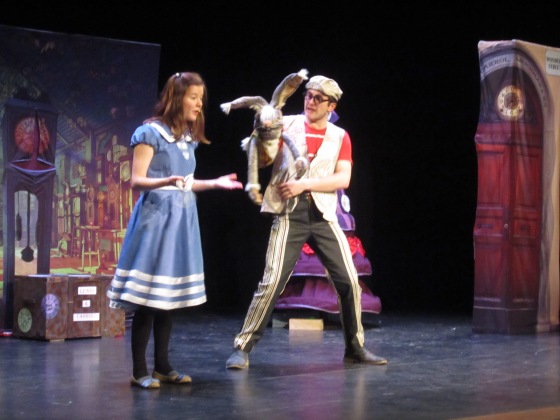
For primary 1, 2, and 3, they watched “Tic Tac Alice”. This story follows the adventures of a girl named Alice to a place called Wonderland.
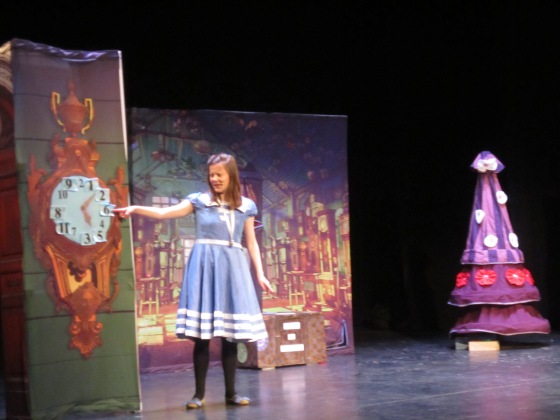
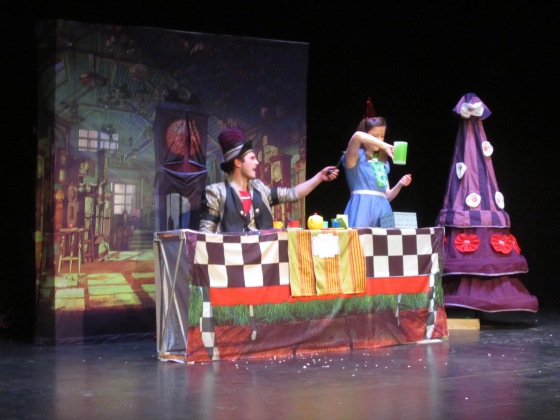
Since the play was interactive, some students went up to the stage to help Alice solve problems.
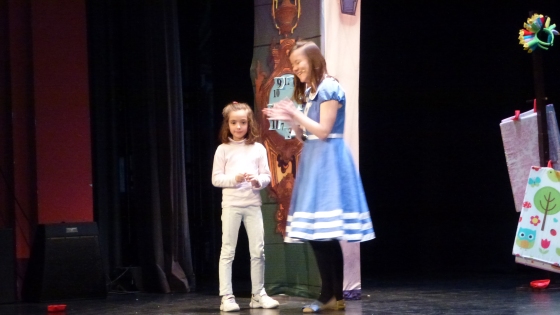
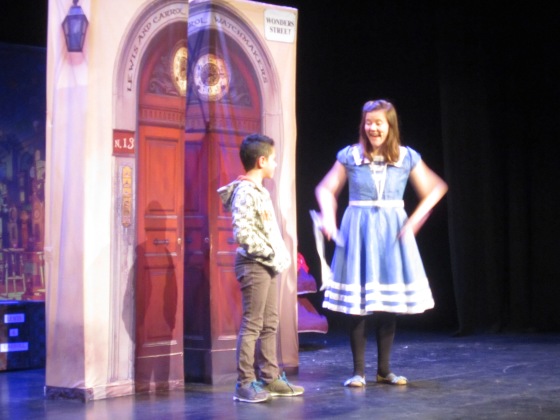
Some of them even wore costumes and used some props!
The kids with Alice and the Madhatter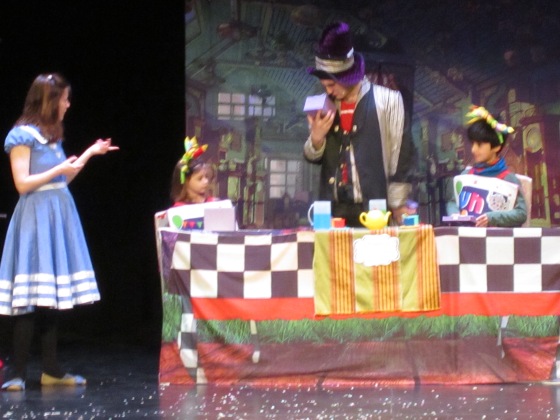
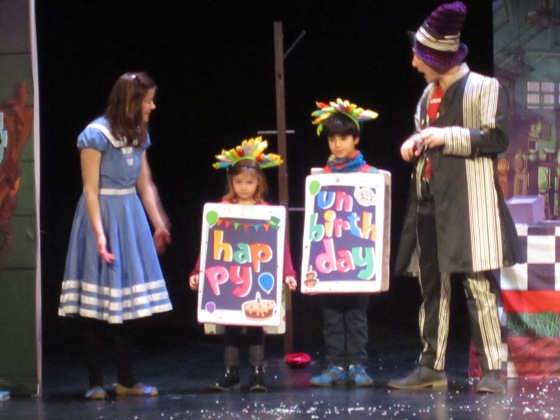
The kids with the Queen of Hearts and Alice
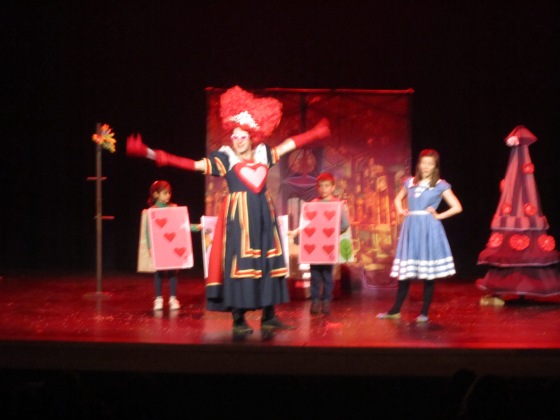
The kids were happy because they felt that they were also part of the play.
At the end of the play, the actors asked for many volunteers to come on stage. Everyone wanted to go but only a few were selected. Nevertheless, all of them were taught a simple song and dance.
Everyone was very happy singing and dancing together. They enjoyed Tic Tac Alice very much.
As for the primary 4, 5, and 6, the play they watched was Gulliver. This story tells the adventures of a doctor from England and his struggles and encounters on the different places he went to.
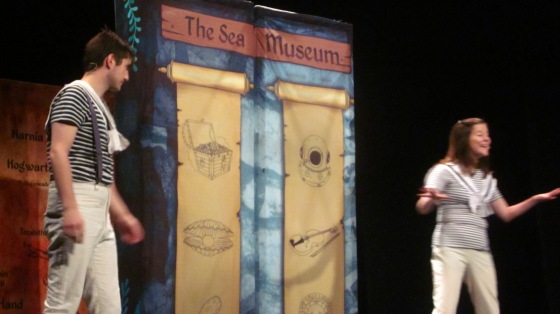
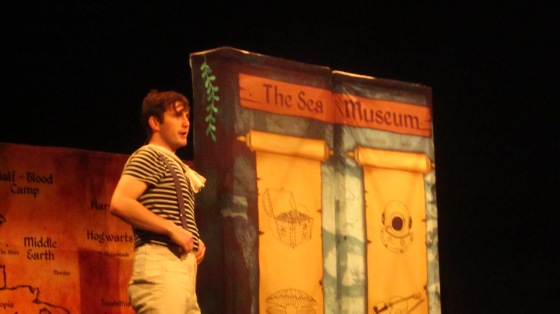
It started with a song about the Sea Museum sang by two sailors. In the Sea Museum, they showed the different kinds of treasures they have from different stories such as Titanic, The Lost Empire of Atlantis, and the Loch ness monster.
Like the first story (Tic Tac Alice), this was also interactive. Some students also went up on stage to help the actors.


Here you can see the kids helping Lily the Lilliputian tie Gulliver up.

In this photo, a student helps Gulliver and Lily fix the boat.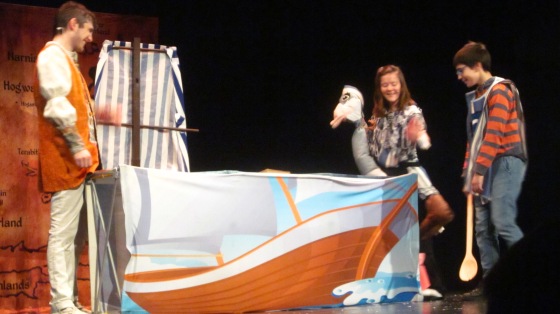
A student helps Gulliver cook a meal for the giant.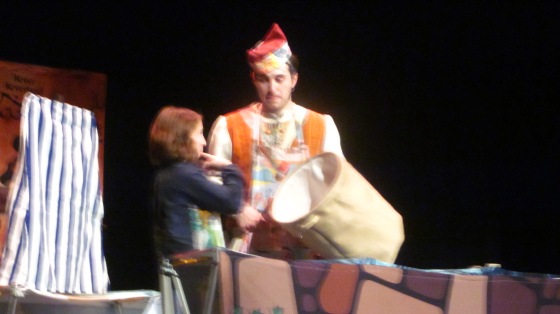

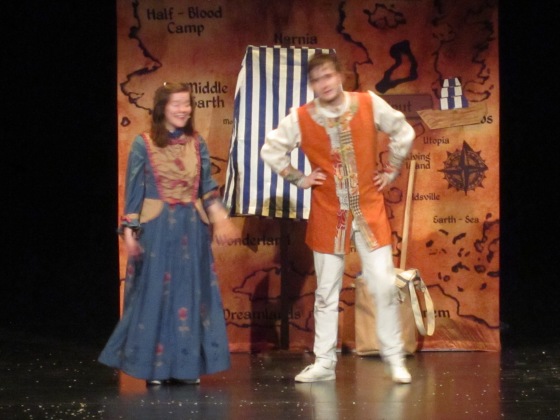
At the end of the play, the students also joined the actors to sing and dance the song of Lily the Lilliputian.
After watching the plays by Forum Theatre & Education, everyone was truly delighted. They were happy and much more excited about learning English. All the students went back to school with a smile. It is another unforgettable moment for all of them.


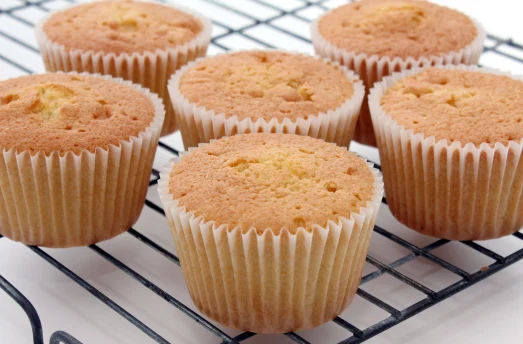


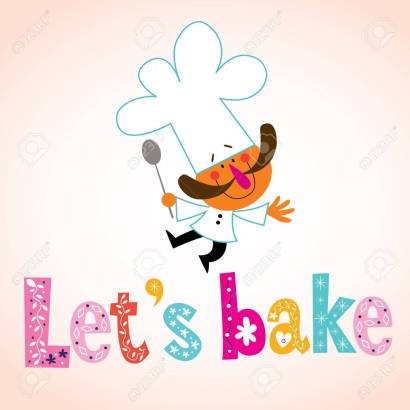
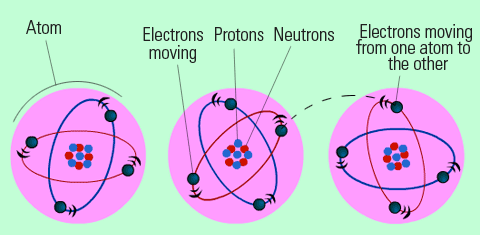
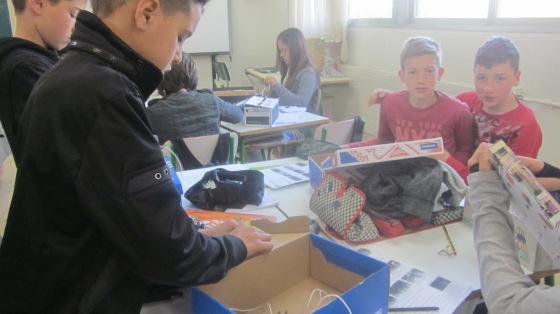
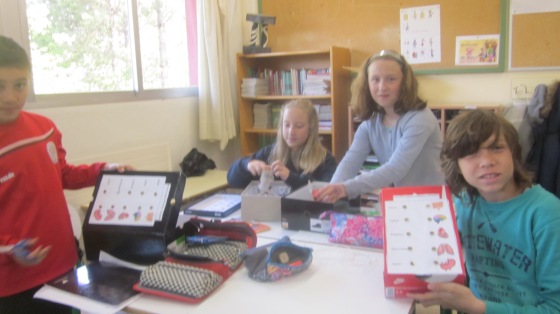
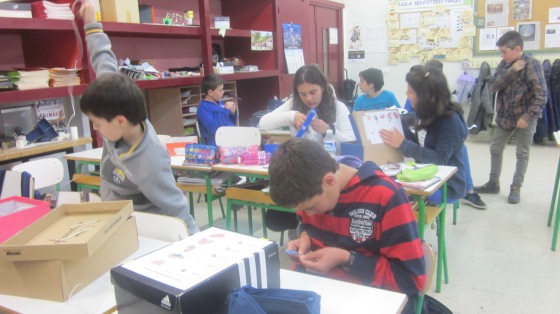
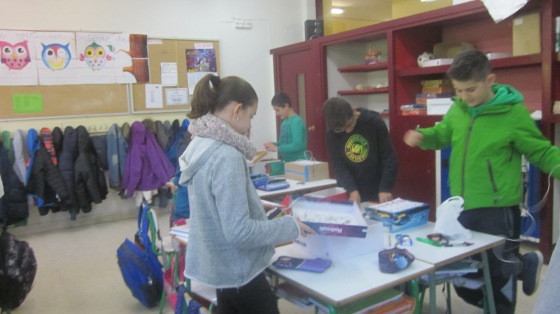
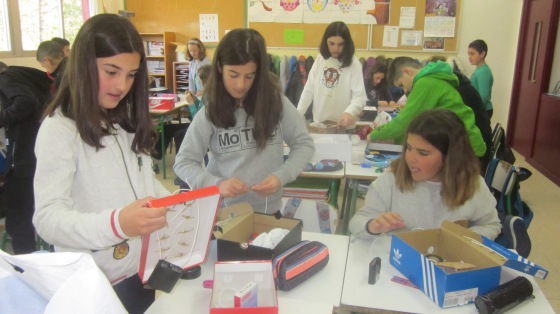

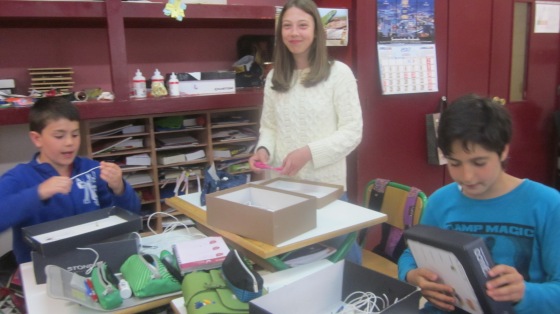
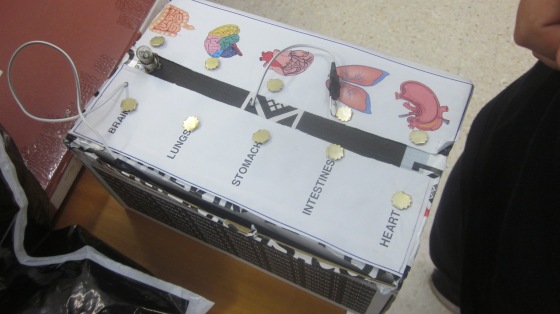
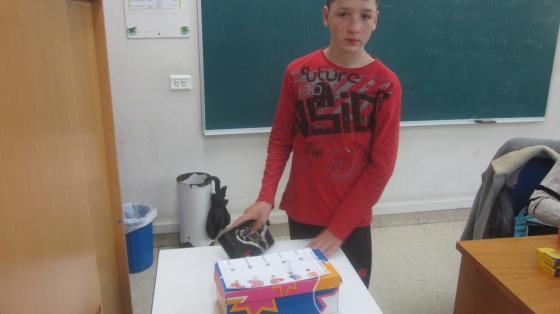
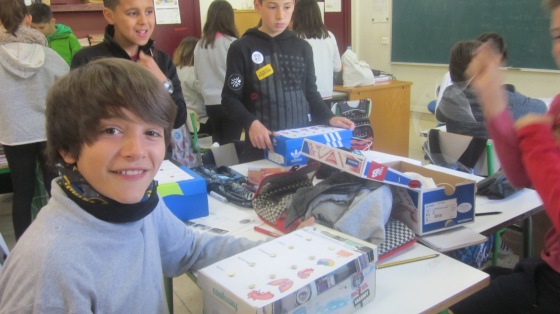
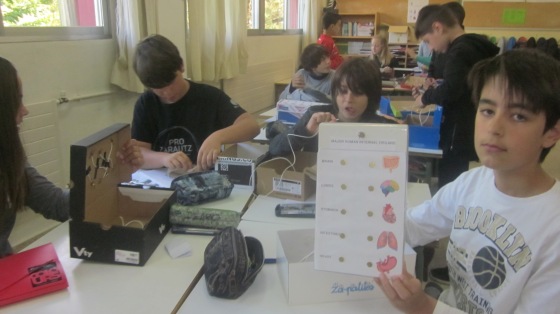
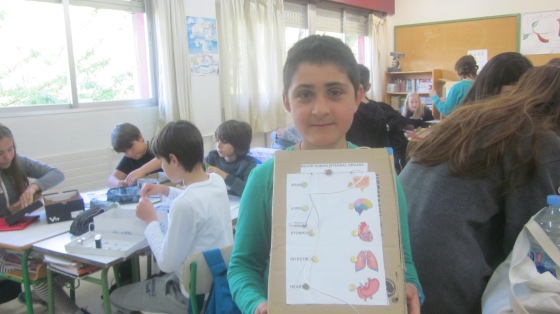
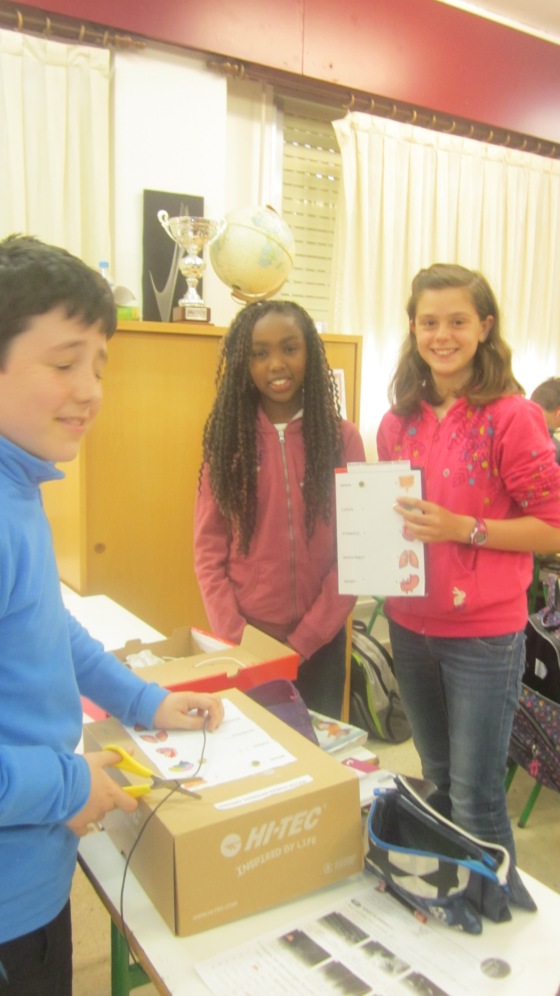

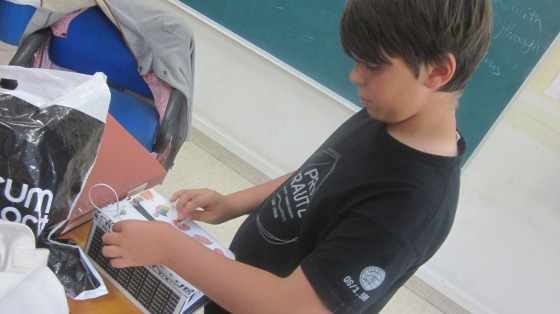
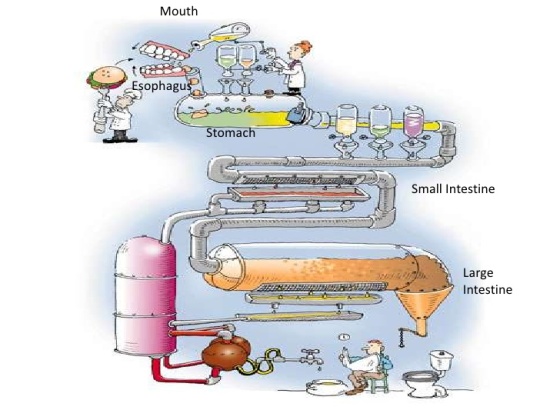
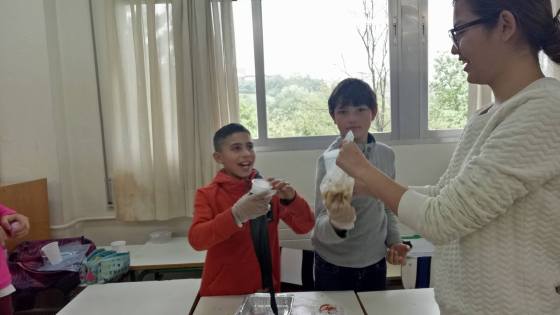

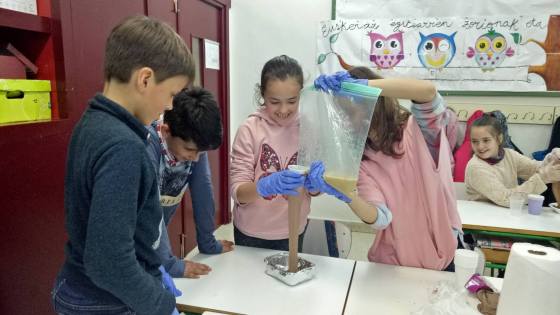

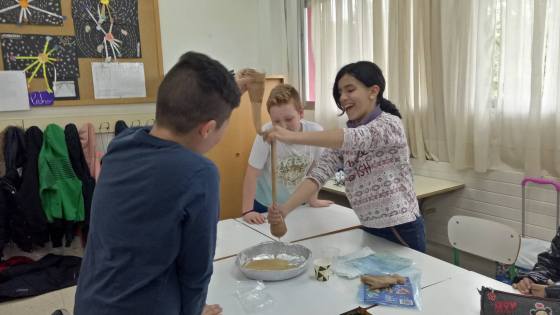
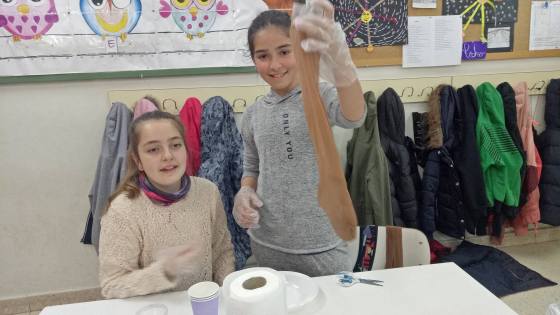

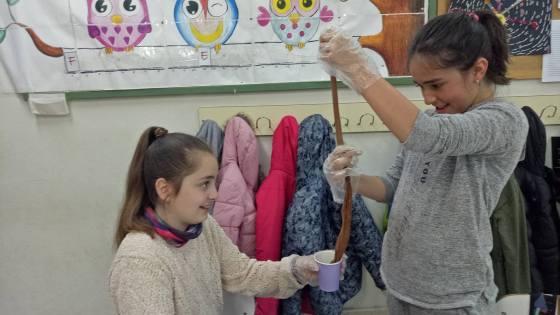
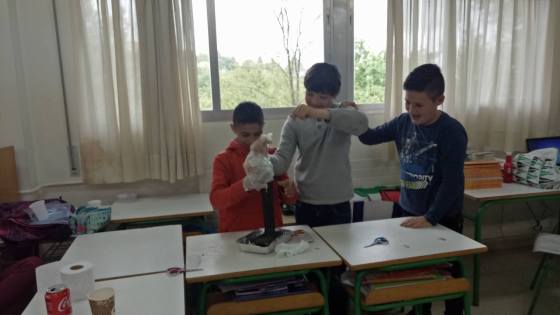
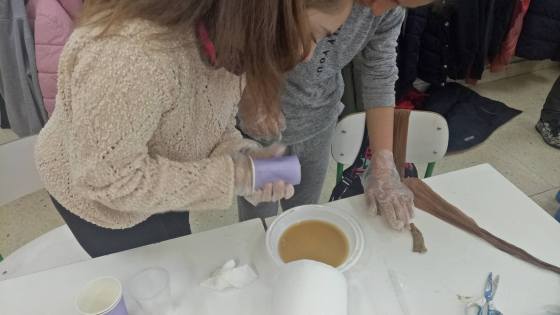
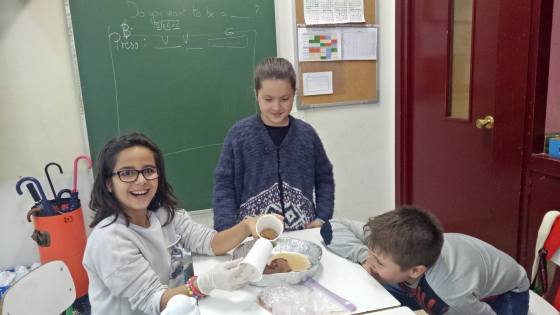

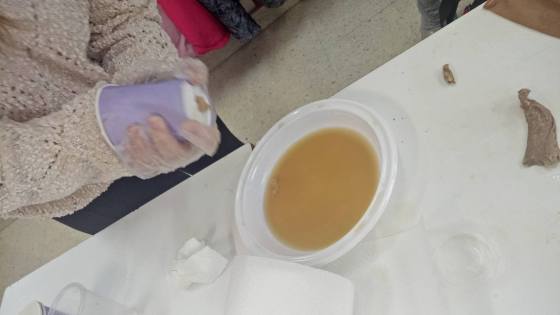


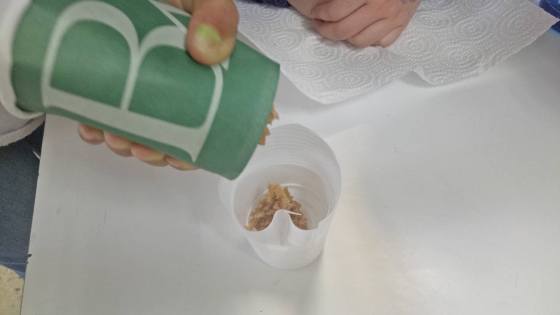
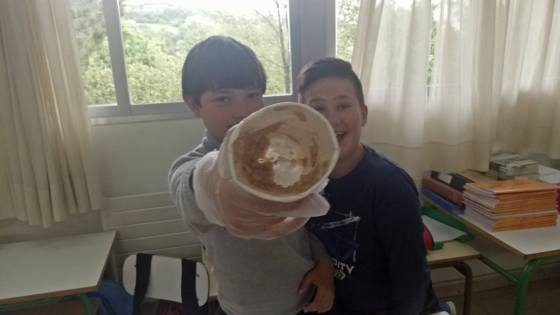
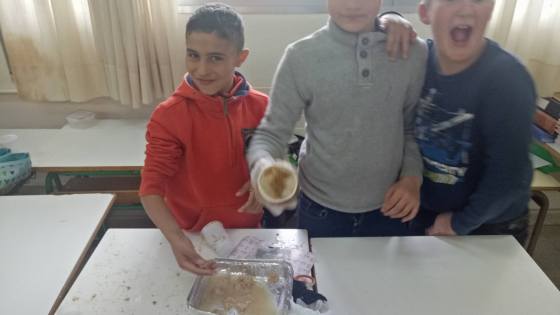
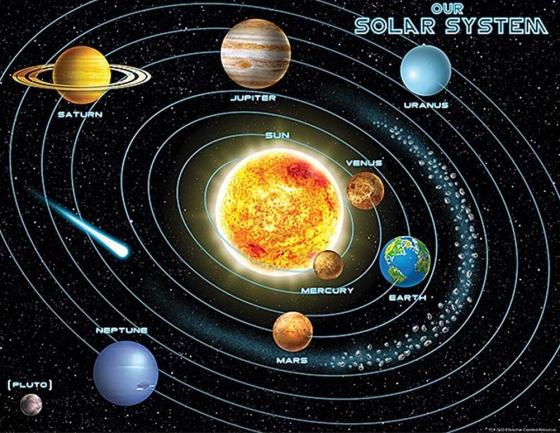
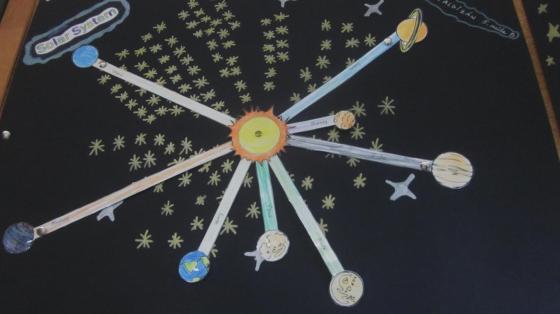
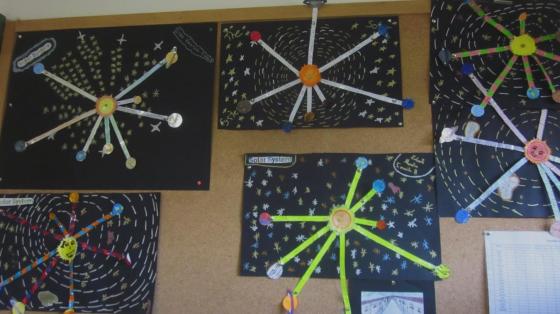

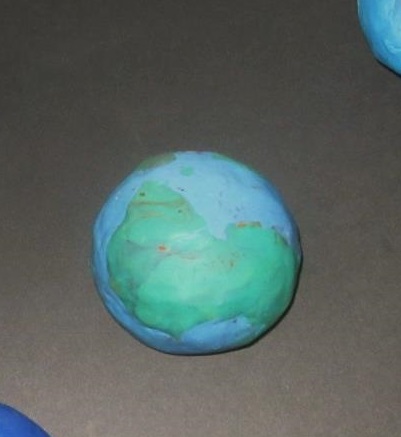
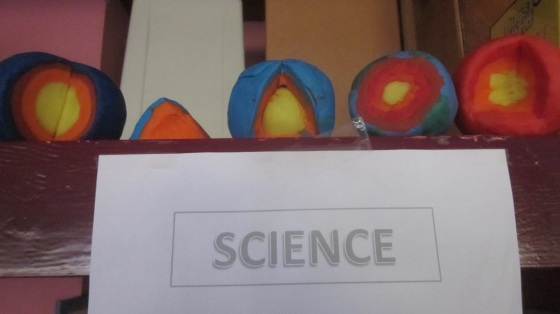
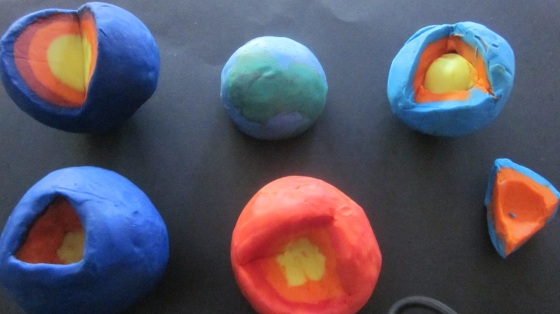






























You must be logged in to post a comment.